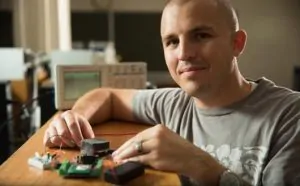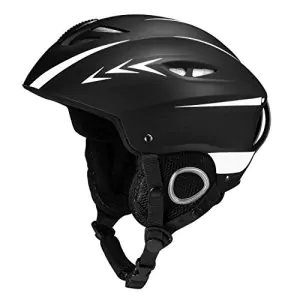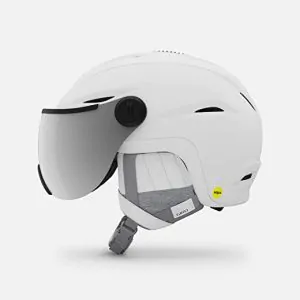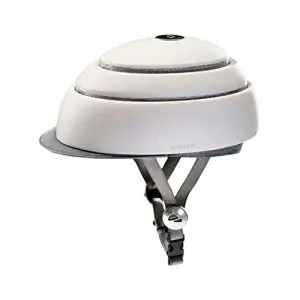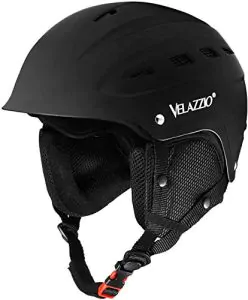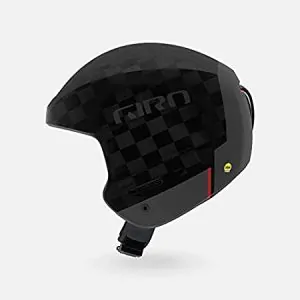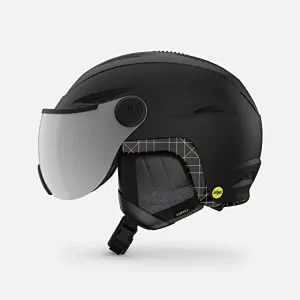While there are more than a few smart helmets on the market today, very few of them actually work to help save your life. However, a student at the Brigham Young University thought he would change all that when he developed a smart foam that measures impact when inside of a helmet. Of course, his idea was developed for use in football, but it’s still very interesting and very, very cool.
What Is It?
 The impact sensing helmet is made up of a standard helmet with nano foam instead of the standard foam. Because the nanofoam is still essentially the same form factor and still absorbs shock, it protects the head just as well, but also measures the shock. The nano-foam was developed as part of the BYRO Inaugural Innovative Student of the Year Competition and came in among the top three finalists. The smart foam, named Xonano won third place, $2,000 in prizes, and a lot of attention for developer Jake Merrel.
The impact sensing helmet is made up of a standard helmet with nano foam instead of the standard foam. Because the nanofoam is still essentially the same form factor and still absorbs shock, it protects the head just as well, but also measures the shock. The nano-foam was developed as part of the BYRO Inaugural Innovative Student of the Year Competition and came in among the top three finalists. The smart foam, named Xonano won third place, $2,000 in prizes, and a lot of attention for developer Jake Merrel.
How Does It Work?
The Nano foam uses a system of powered foam mixed with nano-senors that measure electricity. The foam is made of a piezoelectric material that actually powers itself during impact and motion. Because self powered foam creates a natural current (electricity) when compressed, the nano-sensors can gauge the amount of impact based on the amount of electricity produced by the impact. From there, basic wireless streaming technology could take the data to a coaches computer or phone to be directly displayed as impact, force, and potential damage statistics. The coach could then take action and either allow the player to continue or order him or her off the field in order to get medical attention.
Why?
College football is still a leading cause of concussions and head injuries in young people, and the foam was originally designed to combat this issue. By measuring the amount of electrical shock produced by the impact, coaches can decide if the wearer should be evaluated for head injury or not. However, because the foam is essentially a shock absorbing foam it could have hundreds of uses. Kids bicycle helmets could use this foam and send an alert when the shock is too hard. Sports armor such as nee pads and even shoes could also utilize the foam for monitoring impact, speed, force, and trauma across the body. In a more home based type of use, the foam could be used in mattresses to monitor sleeping patterns and how often a patient tosses and turns at night. Or it could be used in cars to improve impact alert systems.
There are hundreds of different applications for the foam, so it’s definitely a very cool invention, even if football isn’t your thing.
Merell is now submitting his nano foam to the NFL, and Under Armour for consideration in sports clothing and helmets, which is quite exciting in terms of new technology as well as advancements in technology. He also suggests that he will be attempting to get his nano-foam into a number of other industries including law enforcement and potentially car manufacturing as well.
What do you think? Can a piezoelectric smart foam really save lives? When combined with sensors and wireless transmitters, we think yes it can!
